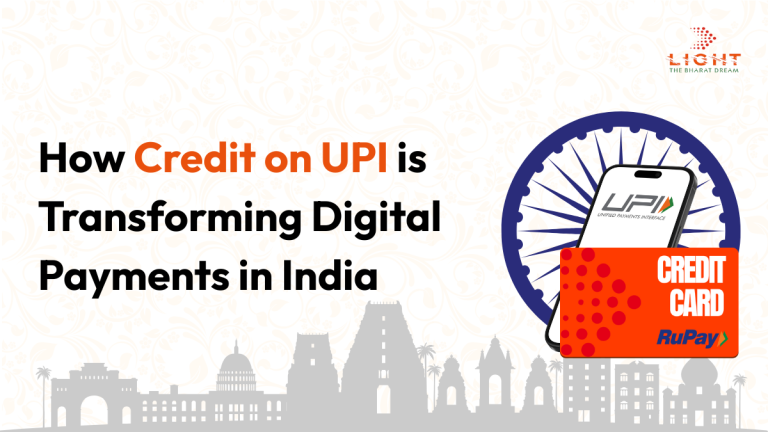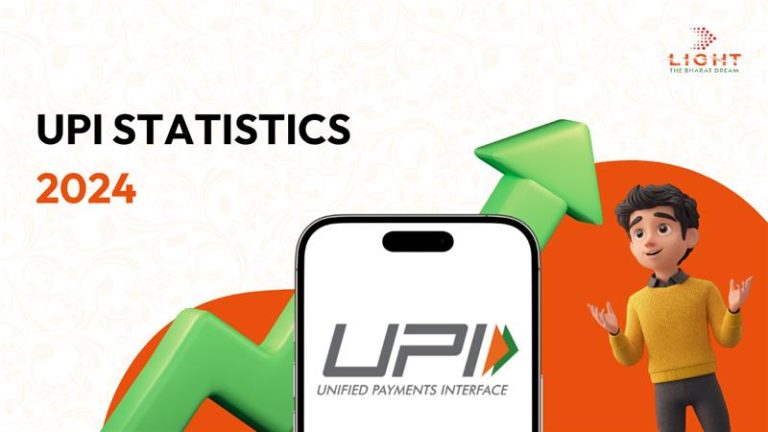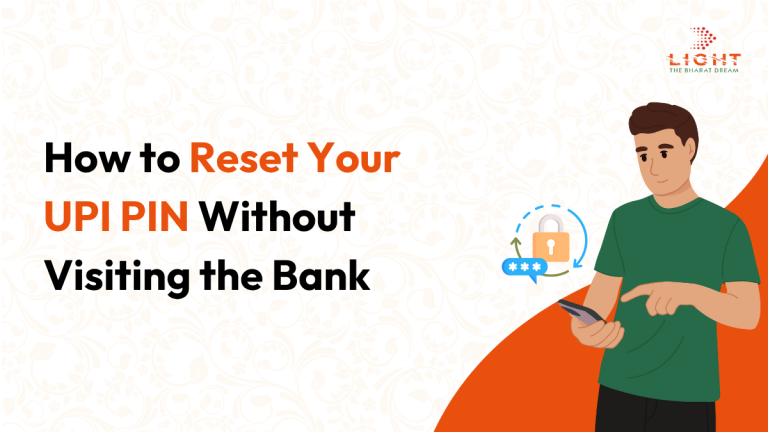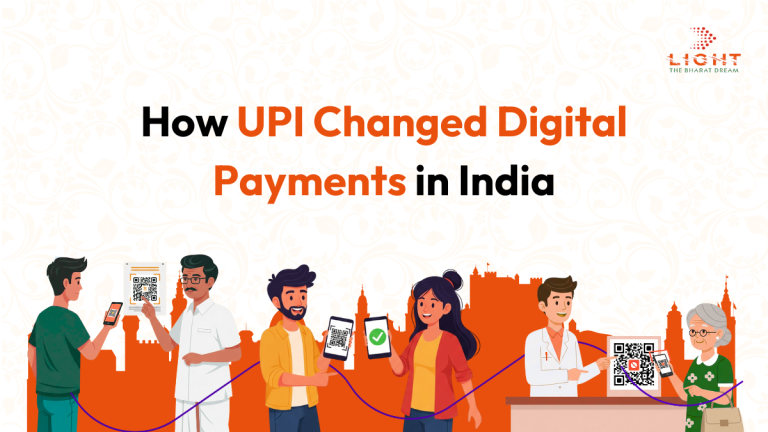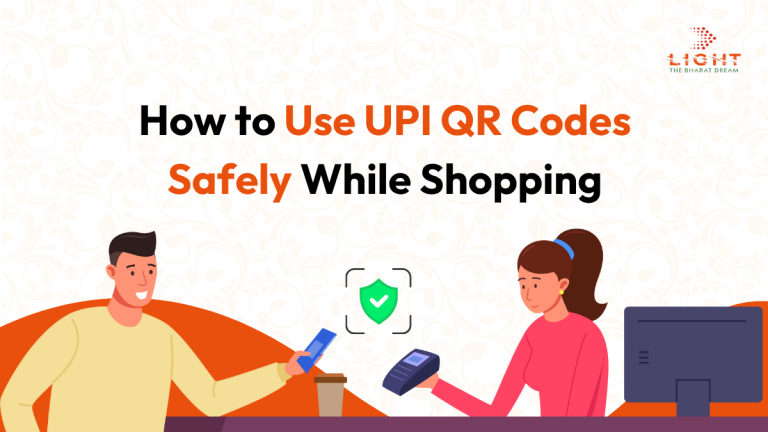5 Common UPI Mistakes That Can Risk Your Money
Unified Payments Interface (UPI) has revolutionized digital payments in India, making transactions quick, easy, and seamless. However, with great convenience comes greater responsibility. A single mistake while using UPI can cost you your hard-earned money.
In this blog, we’ll highlight 5 common UPI mistakes that people make-often unknowingly-that can lead to financial loss, and we’ll also share tips to avoid these risks.
1. Sharing UPI PIN with Others
Mistake: Many users confuse the UPI PIN with an OTP or transaction request and end up sharing it with fraudsters.
Why it’s risky: Your UPI PIN is like your debit card PIN. If someone has it, they can make unauthorized transactions.
Avoid it: Never share your UPI PIN with anyone-even if they claim to be from your bank or UPI app support. Remember: No legitimate service will ever ask for your PIN.
2. Approving Unknown UPI Collect Requests
Mistake: Accidentally accepting a “collect request” from an unknown sender, thinking it’s a money transfer.
Why it’s risky: When you approve a collect request, you’re sending money, not receiving it.
Avoid it: Always read the notification carefully-especially if the app asks for your UPI PIN. Decline any collect requests from unknown people or businesses.
3. Clicking on Fraudulent UPI Payment Links
Mistake: Clicking on links received via SMS, email, or WhatsApp that redirect to fake UPI payment pages.
Why it’s risky: Fraudsters use phishing websites to steal your UPI credentials or install malware on your phone.
Avoid it: Never click on unsolicited payment or cashback links. Use official apps and verify any request or offer before taking action.
4. Using UPI on Insecure or Rooted Phones
Mistake: Using UPI apps on phones that are rooted or lack basic security features.
Why it’s risky: Rooted or insecure phones are vulnerable to malware that can steal financial information.
Avoid it: Ensure your device has the latest security updates and is not rooted. Install a trusted antivirus app to protect from malware or spyware.
5. Ignoring UPI Transaction Alerts and Bank Messages
Mistake: Overlooking SMS/email alerts from your bank or UPI app after a transaction.
Why it’s risky: You may miss unauthorized activity or fail to detect fraud in time.
Avoid it: Enable real-time alerts for all UPI transactions. Regularly check your bank statements and report any suspicious activity immediately.
Final Thoughts: Stay Smart, Stay Secure
UPI is safebut only when used with caution. Most frauds happen not because of technical failures, but because of user mistakes. By being aware of these common UPI mistakes and following basic safety rules, you can protect your money and enjoy hassle-free digital payments.
Bonus UPI Safety Tips
- Set daily UPI transaction limits to control damage in case of fraud
- Use app lock and biometric authentication for your UPI apps
- Keep your mobile number and email updated with your bank for timely alerts
Remember: Your UPI PIN is private. If in doubt, don’t proceed.
UPI has made digital transactions faster and more convenient than ever, but even a small mistake can lead to big financial losses. By staying informed about the most common UPI mistakes-like sharing your PIN, approving suspicious requests, or clicking on fraudulent links-you can protect yourself from scams and frauds. Always double-check before authorizing any payment, use trusted apps, and keep your device secure.
Digital payments are the future, but your safety is in your hands. Stay alert, follow best practices, and enjoy the benefits of UPI without risking your money.


